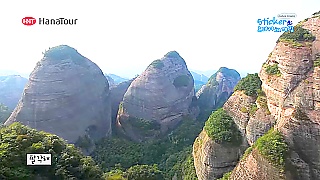Buddha Said | Great Compassion Mantra | Sweep of our minds | Heart Sutra | Zen Charm | Prayer for the earthquake in Ya'An (2013).
Enter the chill out zone ...
[640],shadow=true,start=,stop=Live more ...
 A selection of beautiful Buddhist songs / music
A selection of beautiful Buddhist songs / musicBuddha Said | Great Compassion Mantra | Sweep of our minds | Heart Sutra | Zen Charm | Prayer for the earthquake in Ya'An (2013).
Enter the chill out zone ...
[640],shadow=true,start=,stop=

|
With Sticker Travel ...
|

|
With Luca & Rachele 路卡和瑞丽 ...
|

|
Beautiful GuZheng and flute ...
|

|
The beautiful LongQing Gorge is just 90 km north west of the city and a great day trip ...
|

|
YiBin Ran Mian.
How to prepare and cook SiChuan noodles ...
|

|
Including DaLi 大力, LiJiang 丽江, Tiger Leaping Gorge 虎跳峡 and ChengDu 成都.
A great film - don't miss it ...
|

|
|